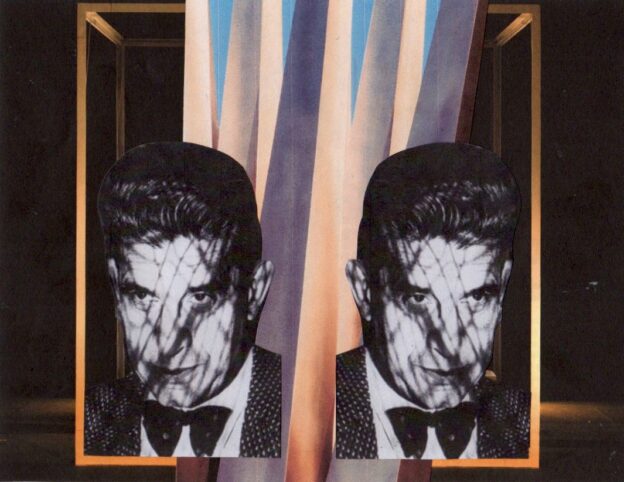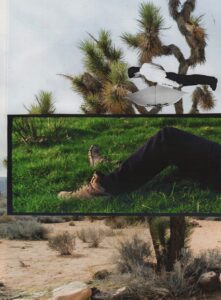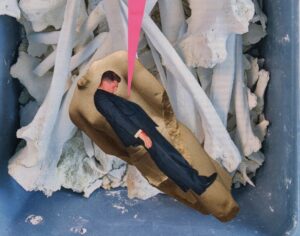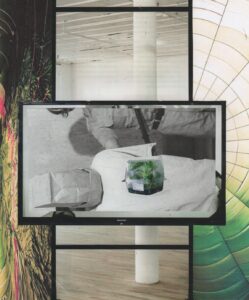I have always been drawn to those who confuse me. They are the ones I love, the ones I detest, the ones I admire and envy and curse. It began with my parents, then my brother, then the early teachers and the friends from the neighborhood. Having learned how to read, this circle expanded rapidly. Karl May was one of the first, his Indians turned my childhood into an adventure. Later I would spend almost a quarter century in North America, on a farm, at Thomas Jefferson’s University, in Manhattan, in the banality of the Midwest. Lacan made his first appearance when I was a young student. I had been reading stories by Bodo Kirchhoff many of which contained implicit references to Lacanian theory. Hence I picked up the essay on the Mirror Stage; me connaissance / Mich-Erkenntnis and méconnaissance / Mich-Verkenntnis quickly became favorite terms. I don’t know how often I quoted the phrase „I am another,“ initially not knowing that Lacan quoted Rimbaud who might or might not have quoted someone else who he might or might not be.
From then on, Lacan drifted in and out of my life, much like the activity of the unconscious that he describes as pulsating. The unconscious appears, a Hegelian Erscheinung (an apparition / Spuk, a manifestation, a luminosity, a hallucination), then it withdraws. We grasp it only in the moment that it closes back in on itself, and it leaves us with the questions What was that? What was That? Who was that?
For a student of philosophy, reading Lacan was infuriating. His poetic, lofty and destabilizing style frustrated my expectations. I did not mind difficult readings, but I expected to be able to master them with patience and rigor. Little by little the German idealists made sense to me, but Lacan did not make sense. Moreover, I realized that his thinking undermined all efforts to master and control textual meaning. Rational understanding, be it of philosophy or of oneself, would always turn out to be a gesture of power. But such grasping for power resulted from a sense of powerlessness. A fragile ego aims to prop itself up by means of intellectual certitude. Aren’t ego and understanding both defense mechanisms against the pulsations of the unconscious? And furthermore, does not the postulation of a stable meaning serve as a covering up of my desire? Desire undermines stability. Must therefore all philosophical thought be abandoned as a fatal attempt at mastery?
While Lacan (if not initially, then later) would position psychoanalysis as the heir to both philosophy and psychology, some philosophical encounters pushed me further toward him. I had begun reading the works of the American pragmatist philosopher Richard Rorty with whom I would later write my doctoral dissertation. He popularized the term “linguistic turn“ in philosophy by which he meant that around 1900 the leading thinkers dropped speculations about the workings of consciousness and began to focus on language. Nietzsche belonged to this group, Wittgenstein, Pierce and many others. That Freud also participated in the linguistic turn only became fully apparent through the teachings of Lacan who strongly emphasized the element of language especially in Freud’s early writings. If genius often consists in combining two elements which nobody previously thought of bringing into contact, Lacan’s genius was the joining of Freud’s psychoanalysis with the linguistic theory of Ferdinand de Saussure.
But to return to desire (is that not a definition of human existence?): Lacan fully endeared himself to me when I discovered his psychoanalytic imperative: Do not give up on your desire! As a gay man, I read this as a position beyond acceptance and beyond tolerance. You MUST live your desire, I was told. But did my sexual desire for men exhaust my desire? A few years later I decided to find out in my first psychoanalysis.
Freud’s model of sexual developments, despite its many fault lines and ruptures, can’t shake off a normative genital heterosexuality entirely. Yet Lacan breaks with such linear sexual unfolding that moves more or less smoothly from partial drives to integrated monogamous straight coupling. His theory and clinical practice are non-normalizing in every respect. End point of personal development is always the life according to one’s own desire.
Does that include the sexual perversions? By all means so. For a long time now I have been arguing with Lacan that perverts are the happiest individuals. They have found a way to stabilize their precarious psychic condition which is situated somewhere between neurosis and psychosis by making themselves the instrument of someone else’s pleasure and finding pleasure in this themselves. The potential for internal conflict is thus minimized. Perversion is, if not the precondition, then the strongest possible invitation for happiness.
One step beyond perversions lies psychosis. For Freud, it constituted a territory too foreign to be explored in detail already, yet he hoped that some day psychoanalysis would also prove capable of doing clinical work with psychotics. Lacan demonstrated that this is possible indeed. From his early Surrealist fascination with the notion of madness to his late exploration of James Joyce’ psychotic structure and his accomplished stabilization of it through his writings, psychosis remained a central preoccupation for Lacan. For me, he provided the courage to also work with psychotic individuals when I became a psychoanalyst myself. I now search together with my psychotic analysands for those “quietly crazy narratives“ that won’t cure, but that will help to endure the psychotic darkness.
Growing up a confused, gay and ambitious teenager, I hoped that in the future I would “get it together.“ To me, this meant becoming a controlled and coherent subject, self-empowered and masterful. Little did I know that it would require more strength and courage to accept the fact that I would forever remain a split subject. And even less did I know that accepting that split, that vibration of the Other within me, would become the cause of intense pleasures.
Written by KAI HAMMERMEISTER
Originally published MAY 2018
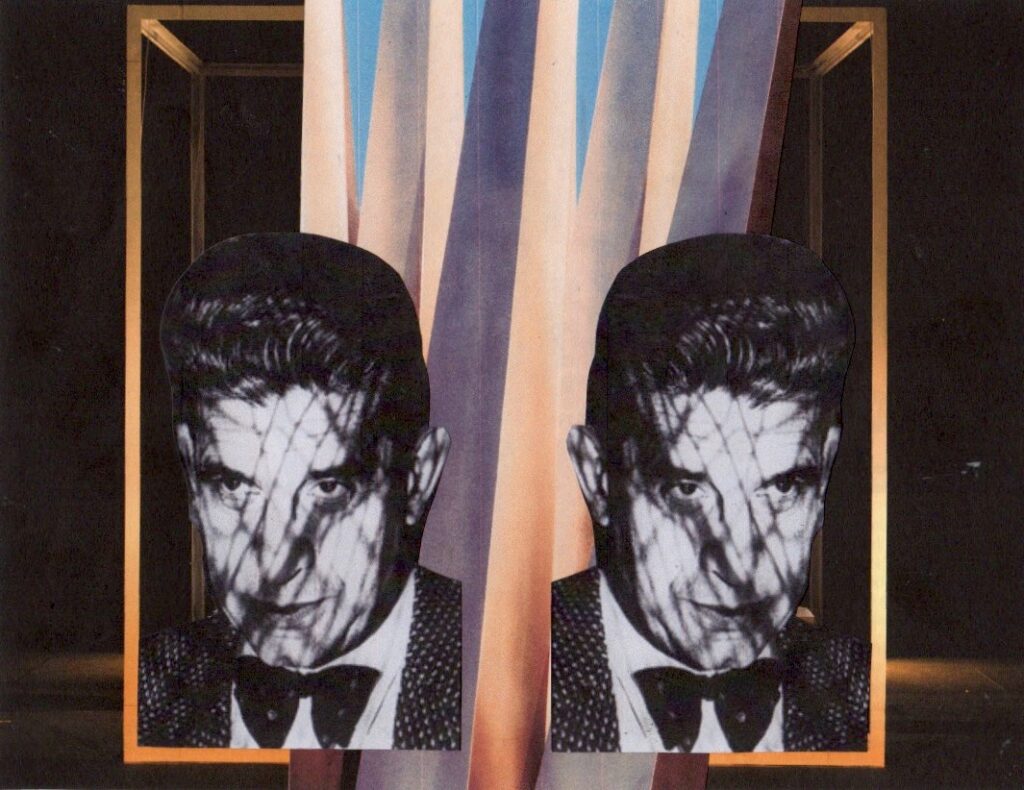
Artwork by KATE HOLFORD
© Copyright for all texts published in Stillpoint Magazine are held by the authors thereof, and for all visual artworks by the visual artists thereof, effective from the year of publication. Stillpoint Magazine holds copyright to all additional images, branding, design and supplementary texts across stillpointmag.org as well as in additional social media profiles, digital platforms and print materials. All rights reserved.
